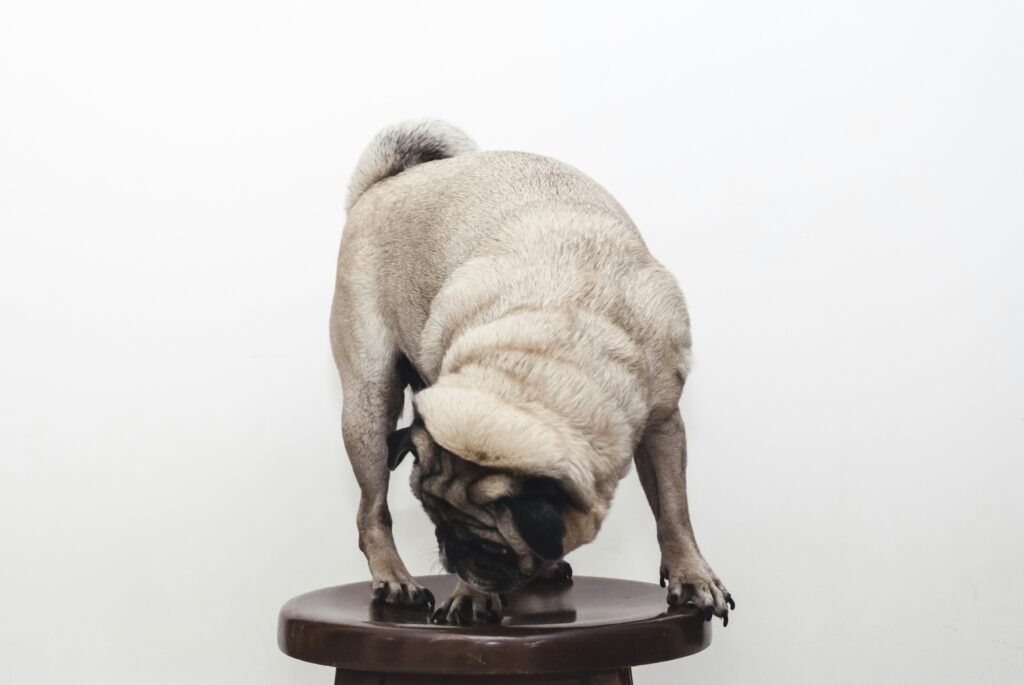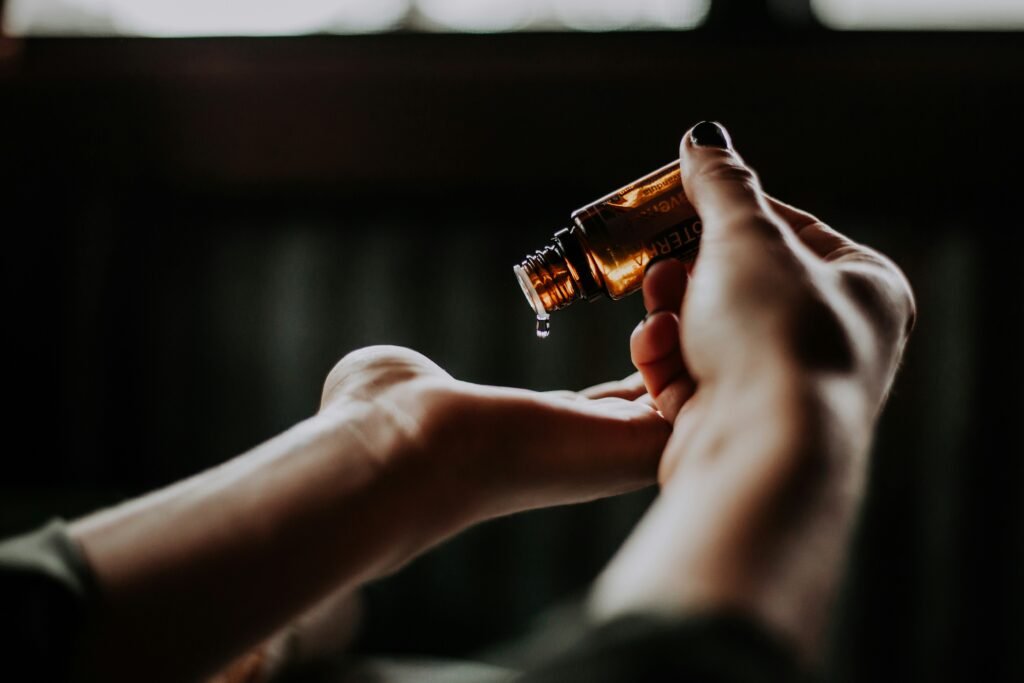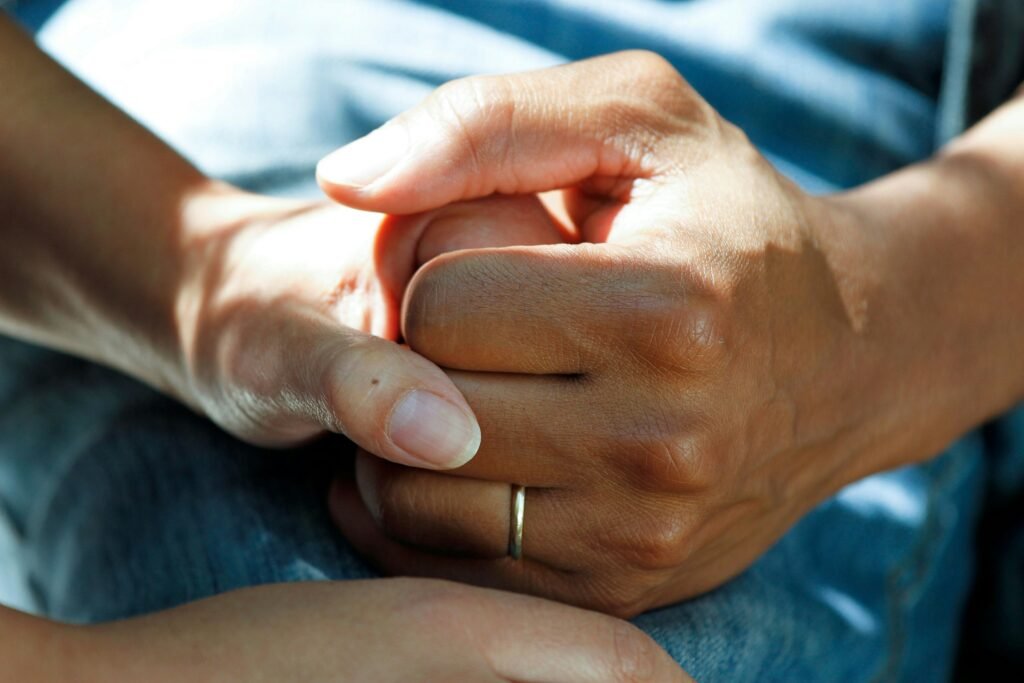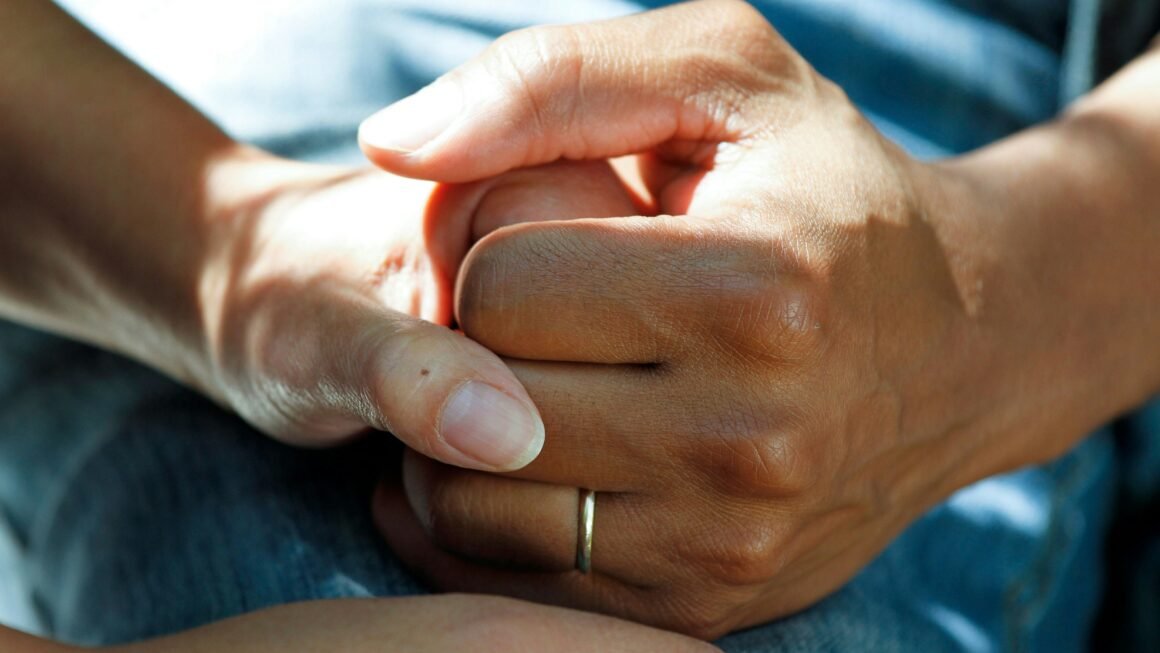Are you a proud pug owner looking for some expert advice on how to keep your furry friend happy and healthy? Look no further! In this article, we will provide you with some top tips to ensure the well-being of your beloved pug. From exercise routines to grooming techniques, we’ve got you covered. So, grab a cup of tea, get cozy, and get ready to learn some essential care tips for your pug’s health and well-being!

This image is property of images.unsplash.com.
Nutrition
Choosing the right dog food
When it comes to the health and well-being of your beloved Pug, choosing the right dog food is of utmost importance. Look for high-quality dog food that is specifically formulated for small dog breeds like Pugs. These formulas usually have the right balance of nutrients to meet their unique needs. It’s also a good idea to opt for dog food that contains real meat as the main ingredient, as this provides necessary protein. Avoid dog foods that include fillers, artificial preservatives, and excessive amounts of carbohydrates.
Feeding schedule and portion control
Establishing a feeding schedule and practicing portion control are essential for maintaining your Pug’s ideal weight and preventing overeating. Pugs have a tendency to gain weight easily, so it’s important not to overfeed them. Divide their daily food intake into two or three smaller meals rather than one large meal. This helps to regulate their metabolism and reduce the risk of bloating or gastric torsion. Consult with your veterinarian to determine the appropriate portion size based on your Pug’s age, weight, and activity level.
Avoiding harmful foods
While there are many foods that are safe and nutritious for dogs, there are also several foods that can be harmful and even toxic to Pugs. Some common foods to avoid include chocolate, grapes and raisins, onions and garlic, caffeine, alcohol, and certain artificial sweeteners like xylitol. These foods can cause a range of health issues, from digestive upset to organ failure. It’s always best to stick to a diet that is specifically formulated for dogs and consult with your veterinarian if you have any concerns about certain foods.
Exercise
Regular walks and playtime
Regular exercise is important for keeping your Pug physically fit and mentally stimulated. Take your Pug for daily walks to provide them with the opportunity to explore their surroundings and socialize with other dogs. Pugs are prone to obesity, so it’s crucial to ensure that they get enough exercise to burn off excess calories. In addition to walks, engaging in playtime activities such as fetch or tug-of-war can help keep their muscles toned and their minds engaged.
Moderate exercise for their unique needs
While exercise is important, it’s essential to tailor the intensity and duration of exercise to your Pug’s unique needs. Pugs have short snouts and can have difficulty breathing, especially in hot or humid weather. Avoid activities that require excessive exertion and monitor your Pug for signs of overheating or exhaustion. Swimming can be a great low-impact exercise option for Pugs, as it is gentle on their joints and helps to keep them cool.
Avoiding overexertion
It’s important to strike a balance between providing enough exercise and avoiding overexertion, as Pugs are prone to respiratory issues due to their brachycephalic (short-faced) anatomy. Keep an eye out for signs of overexertion such as excessive panting, wheezing, or collapsing. If you notice any of these signs, it’s crucial to give your Pug a break and provide them with a cool and shady environment to rest. Always prioritize their safety and well-being over pushing them too hard during exercise.

This image is property of images.unsplash.com.
Grooming
Regular brushing to prevent matting
Regular brushing is essential for maintaining a healthy coat and preventing matting in your Pug. Pugs have a short, double coat that sheds moderately, but regular brushing can help remove loose hair and prevent it from getting tangled or forming mats. Use a soft brush or grooming mitt to gently brush your Pug’s coat at least once a week. Pay special attention to areas such as behind the ears, under the belly, and around the tail where mats can easily form.
Cleaning facial folds to prevent infections
Pugs have adorable wrinkled faces, but these facial folds require special attention to prevent infections. The folds can accumulate moisture, dirt, and bacteria, leading to skin irritations or infections if not properly cleaned. Use a soft, damp cloth or specialized pet wipes to gently clean the folds around their face daily. Make sure to thoroughly dry the folds afterward to prevent any moisture from getting trapped. Regular cleaning of the facial folds will help keep your Pug’s skin healthy and prevent any discomfort or infections.
Maintaining dental hygiene
Dental hygiene is often overlooked but plays a crucial role in your Pug’s overall health. Pugs are prone to dental issues such as gum disease and tooth decay, so proper oral care is essential. Brush your Pug’s teeth regularly using a dog-specific toothbrush and toothpaste. Start by introducing them to the taste and sensation of toothpaste gradually. Additionally, providing dental chews or toys designed to promote oral health can help reduce the buildup of plaque and tartar. Regular dental check-ups with your veterinarian are also important to address any potential dental issues early on.
Hydration
Providing fresh and clean water at all times
Proper hydration is vital for your Pug’s health and well-being. Make sure to provide fresh and clean water at all times, especially during hot weather or after physical activity. Keep multiple water bowls in different areas of the house to ensure easy access for your Pug. Make it a habit to refresh the water at least a couple of times a day to encourage them to drink.
Encouraging Pug to drink enough water
Some Pugs may be reluctant drinkers, so it’s important to encourage them to drink enough water. You can try adding a small amount of wet food to their dry kibble to increase their water intake. Another option is to offer them ice cubes or homemade frozen treats made from dog-friendly ingredients. If you notice that your Pug is not drinking enough water, consult with your veterinarian as it could be a sign of an underlying health issue.
Monitoring water intake for any changes
It’s crucial to monitor your Pug’s water intake and be aware of any changes. Excessive drinking or a sudden decrease in water consumption can be indicators of potential health problems. Changes in water intake may suggest issues such as kidney disease, diabetes, or dehydration. If you notice any significant changes in your Pug’s water drinking habits, it’s important to consult with your veterinarian for proper evaluation and guidance.

This image is property of images.unsplash.com.
Eye Care
Regularly checking for signs of irritation or infection
Pugs are known for their expressive and adorable eyes, but those bulging eyes are also prone to various eye conditions. Regularly check your Pug’s eyes for any signs of redness, swelling, discharge, or excessive tearing. These can be indicators of irritation or infection. If you notice any abnormalities, consult with your veterinarian for proper diagnosis and treatment.
Cleaning eyes gently to remove any debris
Pugs can sometimes get debris or dirt lodged in their eyes, which can cause discomfort and potential eye issues. Use a clean, damp cloth or specialized eye wipes to gently wipe away any debris from their eyes. Be careful not to apply excessive pressure or use products that can irritate their eyes. If the debris does not come off easily or if your Pug shows signs of discomfort, seek veterinary attention.
Consulting a veterinarian for persistent issues
If your Pug experiences persistent eye issues such as chronic redness, discharge, or squinting, it’s important to consult with your veterinarian. These could be signs of more serious conditions such as corneal ulcers, dry eye, or glaucoma. Early identification and treatment of eye problems can prevent further complications and help maintain your Pug’s eye health.
Preventing Overheating
Keeping pugs in a cool and shaded environment
Pugs are more susceptible to overheating due to their short snouts and limited ability to regulate body temperature. It’s crucial to keep them in a cool and well-ventilated environment, especially during hot and humid weather. Ensure that they have access to shaded areas where they can seek relief from the heat. Avoid leaving them in confined spaces or cars that can quickly become dangerously hot.
Avoiding strenuous activities during hot weather
During hot weather, it’s important to avoid strenuous activities that can put your Pug at risk of overheating. Excessive exercise or play sessions in high temperatures can quickly lead to heat exhaustion or even heatstroke. Instead, opt for gentle walks during the cooler parts of the day or engage in indoor play activities to keep them active without putting them in danger.
Using cooling mats or vests if necessary
If you live in a particularly hot climate or your Pug struggles with overheating, consider using cooling mats or vests. These products are designed to help regulate body temperature and provide relief from the heat. Cooling mats can be placed in your Pug’s favorite resting spots and cooling vests can be worn during outdoor activities to help keep them cool and comfortable.
Maintaining a Healthy Weight
Monitoring food intake and adjusting portions accordingly
Maintaining a healthy weight is crucial for your Pug’s overall well-being and longevity. Pugs have a tendency to gain weight easily, so it’s important to monitor their food intake and adjust portions accordingly. Work with your veterinarian to determine the appropriate amount of food for your Pug’s age, weight, and activity level. Avoid free-feeding and measure out their meals to prevent overeating.
Providing regular exercise to prevent obesity
Regular exercise is key in preventing obesity and maintaining a healthy weight for your Pug. Along with controlling their food intake, engaging in regular physical activity will help burn off excess calories and keep their muscles toned. Daily walks, playtime, and interactive toys can all contribute to keeping your Pug active and in good shape. Consult with your veterinarian to develop an exercise routine suitable for your Pug’s needs.
Consulting a veterinarian for weight management advice
If you are concerned about your Pug’s weight or need guidance on weight management, consult with your veterinarian. They can assess your Pug’s body condition score and provide professional advice tailored to your Pug’s specific needs. Weight management is crucial for preventing various health issues, such as joint problems, heart disease, and diabetes. By working together with your veterinarian, you can ensure that your Pug maintains a healthy weight and enjoys a happy and active life.
Regular Veterinary Check-ups
Scheduling routine check-ups
Regular veterinary check-ups are essential for monitoring your Pug’s overall health, preventing diseases, and addressing any concerns in a timely manner. It is recommended to schedule routine check-ups at least once a year, during which your veterinarian can perform a thorough physical examination, assess vital signs, and conduct any necessary diagnostic tests to ensure your Pug’s well-being.
Updating vaccinations as recommended
Vaccinations are an important aspect of preventative care for your Pug. Ensure that your Pug’s vaccinations are up to date according to your veterinarian’s recommendations. Vaccinations protect your Pug from several potentially serious and even life-threatening diseases. By staying on top of their vaccinations, you can help ensure their immune system is prepared to fight off any potential threats.
Addressing any health concerns promptly
Promptly addressing any health concerns is crucial for maintaining your Pug’s well-being. Pugs are prone to certain health issues such as breathing difficulties, eye problems, skin irritations, and joint disorders. If you notice any changes in your Pug’s behavior, appetite, or physical condition, it’s important to seek veterinary care. Early detection and treatment of health issues can lead to better outcomes and improved quality of life for your furry companion.
Mental Stimulation
Providing interactive toys and puzzles
Pugs are intelligent dogs and need mental stimulation to prevent boredom and destructive behaviors. Provide them with interactive toys and puzzles designed to challenge their minds and keep them engaged. Toys that require problem-solving or treat-dispensing toys can help keep them mentally stimulated and provide hours of entertainment.
Engaging in training sessions to keep their minds active
Regular training sessions not only help teach your Pug basic obedience commands but also provide mental stimulation. Pugs are eager to please and enjoy the challenge of learning new tricks and commands. Training sessions can also strengthen the bond between you and your Pug, as it provides an opportunity for positive reinforcement and rewards.
Avoiding excessive isolation and providing companionship
Pugs are social dogs that thrive on companionship and human interaction. Avoid leaving your Pug alone for long periods of time, as it can lead to separation anxiety or loneliness. If you are unable to spend the entire day with your Pug, consider providing them with a companion, such as another dog or a cat, to keep them company. Alternatively, you can hire a dog walker or arrange for playdates with other friendly dogs to ensure they receive the social interaction they need.
Ensuring a Safe Environment
Pug-proofing the home to remove hazards
Pugs are curious by nature, and it’s important to pug-proof your home to remove any potential hazards. Ensure that electrical cords are out of reach or securely tucked away, as chewing on them can cause serious injuries. Keep toxic substances such as cleaning products, medications, and certain houseplants out of your Pug’s reach. Secure cabinets and drawers, especially those containing harmful items. Being proactive in making your home safe will minimize the risk of accidents or incidents.
Keeping toxic substances out of reach
Pugs have a tendency to explore their surroundings with their mouths, so it’s crucial to keep toxic substances out of their reach. This includes household cleaning products, human medications, certain foods (such as chocolate, grapes, and onions), and even plants that are toxic to dogs. Familiarize yourself with common household hazards and ensure they are stored securely where your Pug cannot access them.
Providing a secure and comfortable living space
Your Pug’s living space should be secure, comfortable, and free from hazards. Ensure that they have a designated area, such as a crate or a comfortable bed, where they can retreat and feel safe. Make sure the space is well-ventilated and at a comfortable temperature. Provide them with appropriate bedding and toys to keep them entertained and comfortable. Regularly inspect their living space to ensure there are no hazards or unsafe conditions.
By following these top tips for maintaining your Pug’s health and well-being, you can provide them with the love and care they deserve. Remember to always consult with your veterinarian for personalized advice and to address any specific concerns you may have. With proper nutrition, exercise, grooming, and regular veterinary care, your Pug can enjoy a long and happy life by your side.



